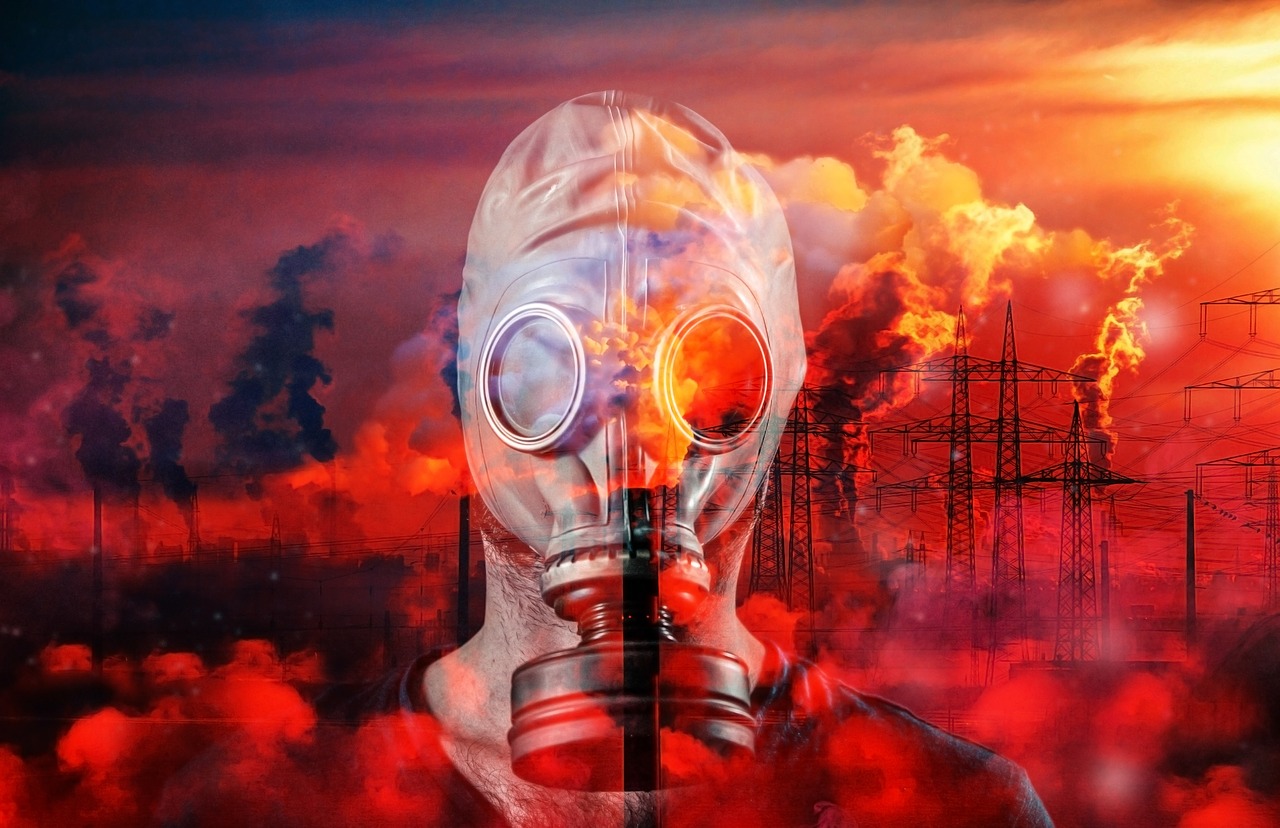
Otautahi – It is indisputable that the people of the world are fully responsible for warming the atmosphere, ocean and land, the UN’s scorching IPCC report on climate change says.
Widespread and rapid changes in the atmosphere, ocean, cryosphere and biosphere have occurred because of humanity’s actions.
The scale of recent changes across the climate system as a whole and the present state of many aspects of the climate system are unprecedented over many centuries to many thousands of years, the report says.
Human-induced climate change is already affecting many weather and climate extremes in every region across the globe.
Evidence of observed changes in extremes such as heatwaves, heavy precipitation, droughts, and tropical cyclones, and, in particular, their attribution to human influence, has strengthened since the last UN report eight years ago.
Improved knowledge of climate processes, paleoclimate evidence and the response of the climate system to increasing radiative forcing gives a best estimate of equilibrium climate sensitivity of 3°C, with a narrower range compared to the 2013 report.
The report says global surface temperature will continue to increase until at least the mid-century under all emissions scenarios considered.
Global warming of 1.5°C and 2°C will be exceeded during the 21st century unless deep reductions in carbon dioxide (CO2) and other greenhouse gas emissions occur in the coming decades.
Many changes in the climate system become larger in direct relation to increasing global warming.
They include increases in the frequency and intensity of hot extremes, marine heatwaves, and heavy precipitation, agricultural and ecological droughts in some regions, and proportion of intense tropical cyclones, as well as reductions in Arctic Sea ice, snow cover and permafrost.
Continued global warming is projected to further intensify the global water cycle, including its variability, global monsoon precipitation and the severity of wet and dry events.
Under scenarios with increasing CO2 emissions, the ocean and land carbon sinks are projected to be less effective at slowing the accumulation of CO2 in the atmosphere.
Many changes due to past and future greenhouse gas emissions are irreversible for centuries to millennia, especially changes in the ocean, ice sheets and global sea level.
With further global warming, every region is projected to increasingly experience concurrent and multiple changes in climatic impact-drivers.
Changes in several climatic impact-drivers would be more widespread at 2°C compared to 1.5°C global warming and even more widespread and/or pronounced for higher warming levels.
From a physical science perspective, limiting human-induced global warming to a specific level requires limiting cumulative CO2 emissions, reaching at least net zero CO2 emissions, along with strong reductions in other greenhouse gas emissions.
Strong, rapid and sustained reductions in methane emissions would also limit the warming effect resulting from declining aerosol pollution and would improve air quality.



